New technologies allow the construction of long gas pipelines at high speed
Published in January 2019. Reviewed in December 2019
(These days the Nord Stream-2 gas pipeline is world news because the United States Congress has approved sanctions related to the Russian gas pipeline that will take natural gas to Germany, as its twin Nord-Stream is already doing. For the benefit of our readers have decided to publish it again)
Several times we have said that we must not attend to what the countries say during the 15 days that the Conferences for Climate Change (COP) are extended, but what they do during the rest of the year. In this analysis we will focus on what Europeans are doing in terms of natural gas.
Natural gas is a hydrocarbon of fossil origin, which contributes to the greenhouse effect. Its main and almost only component is methane. This gas is present in the atmosphere in a proportion that, although it is 220 times less than that of carbon dioxide, its global warming potential is 23 times higher.
It is of interest in this study to analyze five European gas pipelines with short time in service, under construction or in the projection or discussion stage. These mega-systems have the capacity to transport billions of cubic meters of gas per year to the European continent.
The investments needed to build these gas pipelines are billion dollars. On the other hand, there is short time to start dismantling greenhouse gas emissions to comply with the Paris Agreement. It is difficult to believe that the countries involved have the disposition to lose the large capital that they have put and will be in play in the coming years.
Likewise, it is hard to think that the countries that make money by allowing the pipes to pass through their territory are easily prepared to stop receiving these rents. Then there are those who in turn are redistributors of gas to other countries, through which they obtain good profits.
Europe is a giant consumer of natural gas, a gas-dependent, and does whatever it takes to guarantee its energy security, in large part through the gas it receives from Russia.
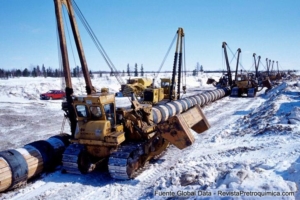 Russia is a long-standing supplier of natural gas in Europe, whose history dates to the Soviet Union epoch, since the mid-1980s. In those days, the Siberian gas pipeline was completed and, after traveling almost five thousand kilometers, it ended up in Germany. Businesses between Berlin and Moscow have a long history, as does the supply of Russian gas to Europe.
Russia is a long-standing supplier of natural gas in Europe, whose history dates to the Soviet Union epoch, since the mid-1980s. In those days, the Siberian gas pipeline was completed and, after traveling almost five thousand kilometers, it ended up in Germany. Businesses between Berlin and Moscow have a long history, as does the supply of Russian gas to Europe.
Germany is interested in increasing imports of Russian gas in the coming years, due to its decision to dismantle all its nuclear power plants before 2021, in addition to closing its coal mines. These two decisions will cause that from 2021 the German energy needs increase their dependence on Russian gas to 51%.
Next, the most important natural gas pipelines in Europe:
Nord Stream
Its first branch was inaugurated in November 2011 by the German Chancellor Angela Merkel and the Russian President Dimitry Medvedev. The second branch began construction in May 2011 and gas transportation began in October 2012. The capacity of this northern European system exceeds 55,000 million cubic meters of gas per year.
Both branches run side by side through 1,224 kilometers of underwater pipelines, along the Baltic Sea bed. The cost of the largest energy infrastructure in Europe, until then, was 7,300 million euros. The Russian energy giant Gazprom owns 51% of Nord Stream.
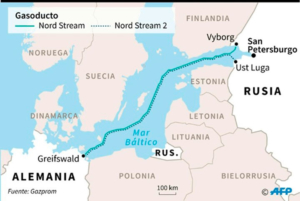 Nord Stream-2
Nord Stream-2
This gas pipeline is currently under construction. For the most part it will run parallel to the Nord Strem, that is, from Russia to the north of Germany along the Baltic Sea. Like its twin, it will transport 55 billion cubic meters of gas per year, an amount that could double to 110 billion cubic meters. The first branch will be completed by the end of 2019 and the second by the end of 2020, just when the Paris Agreement enters into force. The total cost of the work will be 10 billion euros. Part of the gases will be distributed by Germany to other European countries.
Turk Stream
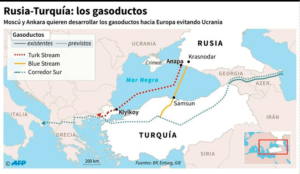 The Turk Stream is the southern gas pipeline, which replaces the South Stream, canceled due to some controversies. With a cost of 7,000 million euros and more than 900 kilometers, it will have two parallel pipes like its northern counterparts. It will start operating in 2019 and its total capacity will be 35 billion cubic meters of gas per year. It will depart from Russia and its route will be the bed of the Black Sea. One of the branches will supply Turkey and the other will be divided into two pipelines that will go to Greece and Bulgaria. This country announced that it will build a new gas pipeline of almost 500 kilometers that will connect with the Turk Stream. Italy has also shown interest in acquiring part of this fuel.
The Turk Stream is the southern gas pipeline, which replaces the South Stream, canceled due to some controversies. With a cost of 7,000 million euros and more than 900 kilometers, it will have two parallel pipes like its northern counterparts. It will start operating in 2019 and its total capacity will be 35 billion cubic meters of gas per year. It will depart from Russia and its route will be the bed of the Black Sea. One of the branches will supply Turkey and the other will be divided into two pipelines that will go to Greece and Bulgaria. This country announced that it will build a new gas pipeline of almost 500 kilometers that will connect with the Turk Stream. Italy has also shown interest in acquiring part of this fuel.
The Israeli gas pipeline
The Israeli project, shared with Cyprus and Greece, will involve an investment of 7,000 million euros. It will connect gas reserves in the eastern Mediterranean with the European continent. It will be formalized at the beginning of 2019. It is the deepest and longest underwater gas pipeline in the world, with 2,000 kilometers long. The construction will take about six or seven years. The project is framed within the diversification policy of the European Union, largely dependent on Russia.
Nord Stream-3?
The announcement of this gas pipeline seems just a test balloon to gauge opinions. It was released by the vice president of Gazprom. Perhaps it is based on projections that indicate a drastic reduction in European gas production.
“According to experts at the Institute of Energy Studies in Oxford, by 2020 the extraction of gas in the EU will drop from 256,000 million to 212,000 million cubic meters per year, and by 2030 – up to 146,000 million cubic meters …”.
Conclusions
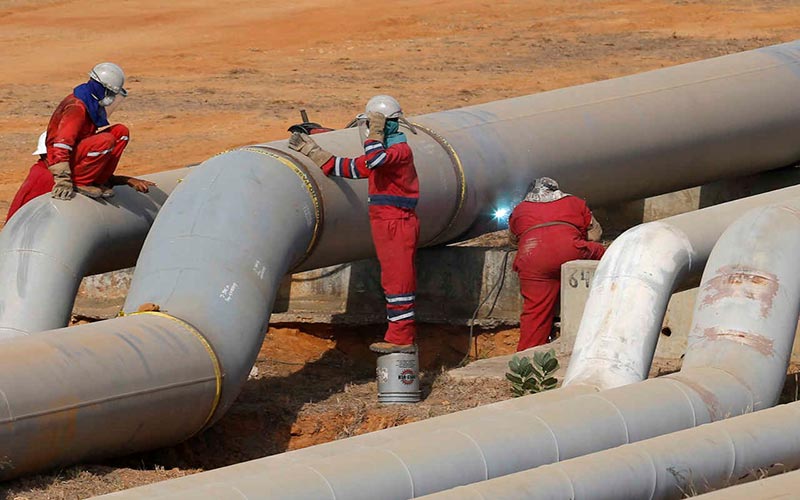 At first glance, the panorama described in this article seems a dark scenery. But if we analyze it carefully, and we get to know some additional information, which we will give below, you can appreciate that the situation is not as dark as it seems.
At first glance, the panorama described in this article seems a dark scenery. But if we analyze it carefully, and we get to know some additional information, which we will give below, you can appreciate that the situation is not as dark as it seems.
In the first place, it should be noted that the Dutch government decided to reduce gas extraction from 2022 and stop it in 2030 to comply with climate agreements. Norway, the second European gas exporter, for the same reason will produce less in the future. By drastically reducing the production of fossil fuels, both countries are determined to migrate towards clean energy systems. This is good news and an excellent example for the other European countries and the world.
Germany’s decision to close its nuclear power plants by 2021 is also good news. In the wake of the Fukushima accident in 2011, Chancellor Angela Merkel ordered the closure of the 17 plants in the country, which have been largely disconnected.
The same has happened with coal, of which Germany was the fourth largest producer, according to Mundo Minero on 12-11-2014. 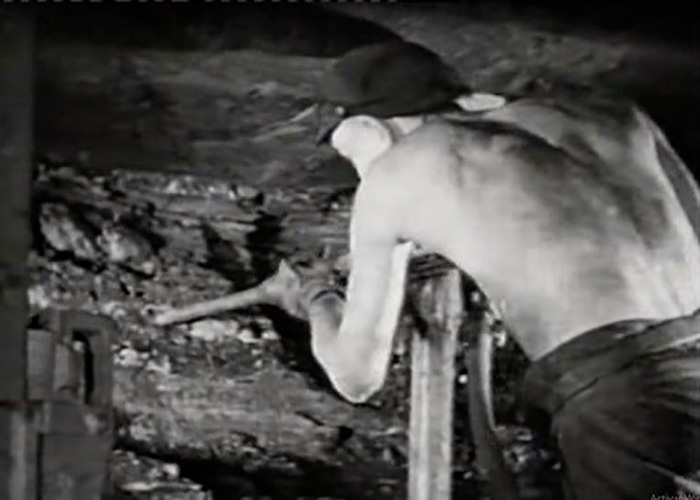 Despite this, the German country has just closed its last mine, as it was titled DW, on 12-21-2018: “Germany says goodbye to coal mining after 200 years”. And then he reported: “Germany is living this Friday the final point to coal mining with a closing ceremony at the Prosper-Haniel mine in the town of Bottrop, where the miners will symbolically deliver the last piece of coal to the German president, Frank-Walter Steinmeier.”
Despite this, the German country has just closed its last mine, as it was titled DW, on 12-21-2018: “Germany says goodbye to coal mining after 200 years”. And then he reported: “Germany is living this Friday the final point to coal mining with a closing ceremony at the Prosper-Haniel mine in the town of Bottrop, where the miners will symbolically deliver the last piece of coal to the German president, Frank-Walter Steinmeier.”
It is fair to recognize that it is not easy to take these mega-decisions and less to dispense with two important sources of energy generation in just a decade.
This explains the large volumes of natural gas that the Germans are importing. Obviously, they do it to fill the energy gaps left behind by both closures. But, from the background we have seen, we can infer his willingness to travel the path towards a more responsible society with his environment. It could be expected then that the increase in the use of natural gas would be transitory, while it manages to migrate its entire economy to clean energies.
Moving from old to new energies is not like changing the TV channel. It requires a lot of strategy, logistics and will. Germany has given clear signs of being able to deal with all three. It seems that he wants to become one of the first green countries. Being the locomotive nation of the European economy, let’s bet other countries follow suit.
Sandor Alejandro Gerendas-Kiss

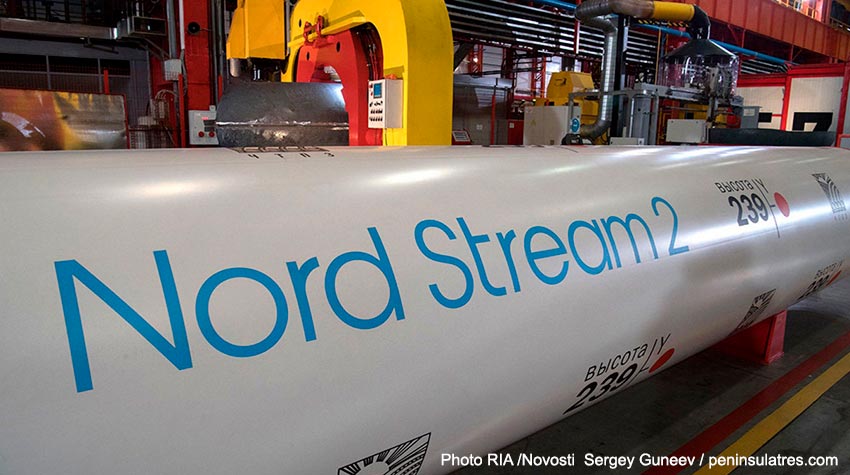





Leave A Comment